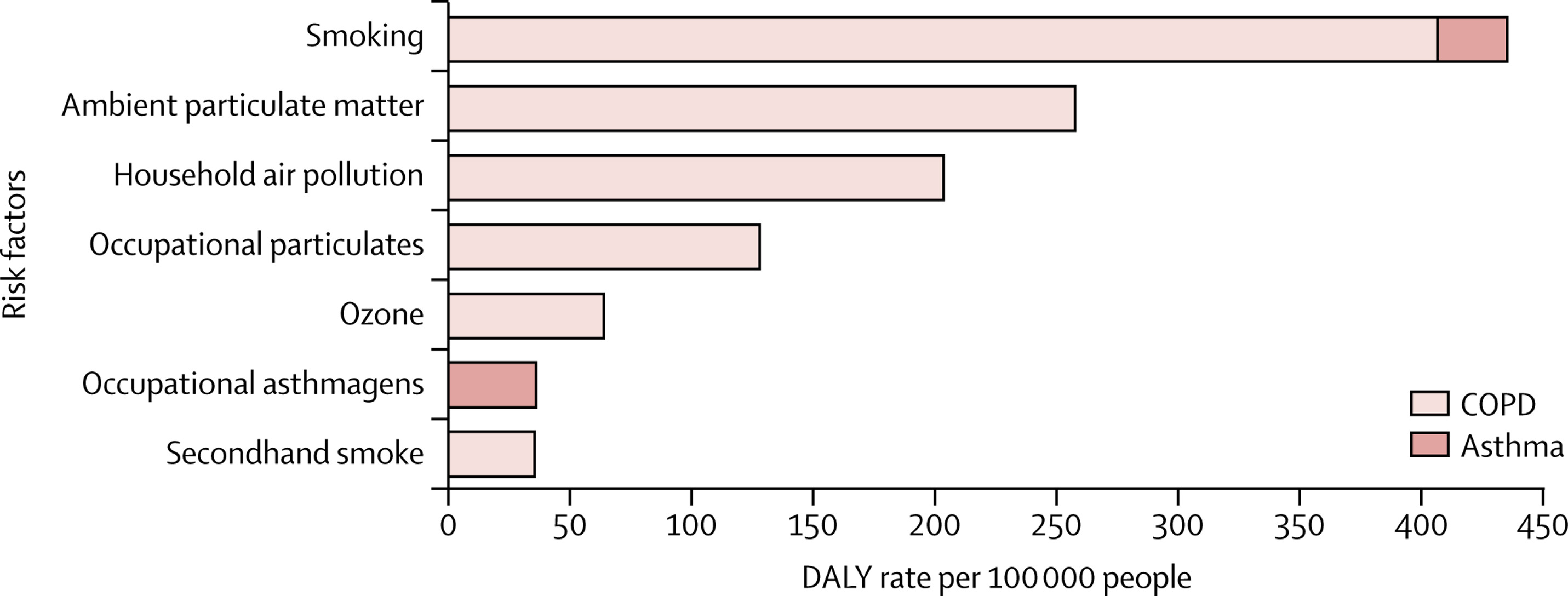Asthma is a chronic condition that affects many millions of people worldwide, making it difficult for them to breathe due to inflamed airways. Inhaled corticosteroids (ICS) are a cornerstone of asthma treatment, significantly improving patients’ quality of life by reducing symptoms, preventing asthma attacks, and improving lung function. However, while the benefits of ICS are well-established, there are concerns about potential adverse effects, particularly at higher doses.
The Role of Inhaled Corticosteroids
Inhaled corticosteroids are anti-inflammatory medications that are commonly prescribed to manage asthma. They work by reducing inflammation in the airways, making it easier to breathe and reducing the frequency of asthma exacerbations. According to current guidelines, patients should use the lowest effective dose of ICS to manage their asthma effectively.
Key Findings from Our Recent Research Study
Our recent study in the American Journal of Respiratory and Critical Care Medicine has shed light on the association between the dose of ICS and the frequency of adverse events. The study, which analysed data from two large UK nationwide databases, aimed to determine the risk of adverse effects from short-term ICS use in people with asthma. We found that:
Low-Dose ICS: Short-term use of low-dose ICS (≤200mcg per day) was not associated with significant adverse effects.
Medium-High Dose ICS: Use of medium (201-599mcg per day) and high doses (≥600mcg per day) of ICS was associated with an increased risk of several adverse outcomes, including major adverse cardiac events (MACE), arrhythmia, pulmonary embolism (PE), and pneumonia. The risk increased with higher doses.
Major Adverse Cardiac Events (MACE): We found that medium and high doses of ICS were associated with a significantly increased risk of MACE. For medium doses, the hazard ratio (HR) was 2.63, and for high doses, it was 4.63.
Arrhythmia: Similarly, the risk of arrhythmia was higher with medium doses (HR 2.21) and even more so with high doses (HR 2.91).
Pulmonary Embolism (PE): The risk of PE was also elevated, with hazard ratios of 2.10 for medium doses and 3.32 for high doses.
Pneumonia: We study found an increased risk of pneumonia at both medium (HR 2.25) and high doses (HR 4.09).
These findings highlight the importance of adhering to guideline recommendations to use the lowest effective ICS dose to manage asthma, thereby minimizing the risk of adverse events.
Implications for Asthma Management
Our study emphasises the need for clinicians to balance the benefits of ICS in controlling asthma with the potential risks associated with higher doses. Here are some key takeaways for both healthcare providers and patients:
Personalized Treatment Plans: Healthcare providers should tailor asthma treatment plans to each patient, ensuring that the ICS dose is sufficient to control symptoms while minimizing potential risks.
Regular Reviews: Regular asthma reviews and medication assessments should be conducted to ensure that patients are on the lowest effective dose of ICS. This includes considering step-down approaches when asthma is well-controlled.
Patient Education: Patients should be educated about the importance of adhering to their prescribed treatment and the potential risks of using higher doses of ICS without medical guidance.
Conclusion
Inhaled corticosteroids remain a vital component of asthma management, offering significant benefits in reducing symptoms and preventing exacerbations. However, this recent research underscores the importance of using the lowest effective dose to mitigate the risk of adverse events. By working closely with healthcare providers, patients can ensure that their asthma is managed effectively and safely. Finally, as we continue to learn more about the long-term effects of asthma medications, ongoing research and vigilance are crucial in optimizing treatment strategies for better health outcomes.
